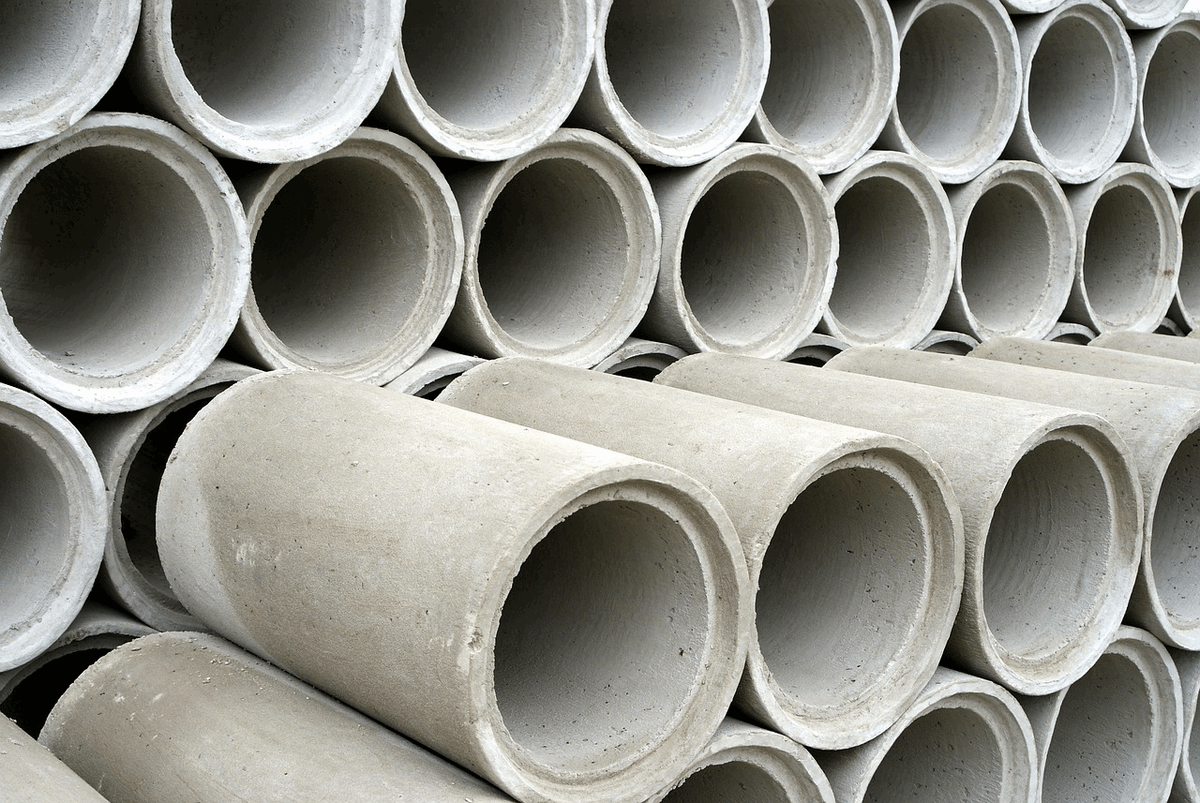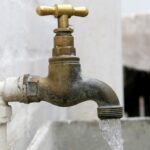Maintaining outdoor drainage channels, Building drain tips, Stormwater advice
Maintaining Outdoor Drainage Channels
31 Oct 2023
When it comes to property management, it’s easy to focus on the visible and aesthetically pleasing aspects, such as landscaping, architecture, and interior design.
However, there’s one critical element that often goes unnoticed but plays a pivotal role in preserving the integrity of any property: outdoor drainage channel systems. These unassuming features serve as the unsung heroes of property maintenance, quietly managing the flow of rainwater, preventing erosion, and safeguarding structures from water-related damage.
In this article, we delve into the often-overlooked realm of outdoor drainage channels, exploring their significance, common issues, and essential maintenance practices. Understanding how to maintain these vital systems can help property owners and managers protect their investments, ensure the safety of residents, and contribute to the longevity and functionality of their properties. So, let’s roll up our sleeves and uncover the key to a well-preserved property – maintaining outdoor drainage channels.
Inspecting for Issues
Inspecting and maintaining outdoor drainage channels is essential to prevent water damage, erosion, and flooding. Regular inspections should focus on structural integrity, slope and grade, inlet and outlet structures, erosion control, surrounding vegetation, sediment removal, water quality, bridges and crossings, weed and aquatic growth, erosion control measures, regulatory compliance, and having a maintenance schedule. Additionally, it’s crucial to have an emergency plan and maintain documentation. Community awareness about the importance of channel maintenance is also vital for timely issue reporting and prevention.
Clearing Debris
Clearing debris from drainage channels is crucial for preventing blockages and ensuring proper water flow. This can be achieved by regularly removing leaves, twigs, and trash that might accumulate in the channel. To effectively clear debris, tools like rakes and leaf blowers can be employed. Moreover, adopting a maintenance schedule that includes routine debris removal is essential for the ongoing functionality and efficiency of the drainage channel.
Cleaning and Flushing
Cleaning and flushing drainage channels are vital to prevent clogs and maintain proper water flow. This process involves using tools like a pressure washer or hose to eliminate sediment buildup within the channels. By doing so, you ensure a smooth water flow and reduce the risk of blockages that can lead to flooding and damage. Regular cleaning and flushing are essential maintenance activities to keep the channels functioning effectively.
Repair and Restoration
Repair and restoration of drainage channels are also essential for addressing structural issues and ensuring their proper function. This process involves fixing any cracks, leaks, or erosion that may compromise the integrity of the channel. Additionally, damaged components should be replaced, and reinforcing with materials like gravel or stones can be necessary to maintain the structural integrity of the channel and prevent further deterioration. Regular inspections and timely repairs are crucial for the long-term effectiveness of the drainage system.
Vegetation Management
Effective vegetation management in drainage channels is important for maintaining their functionality. Overhanging branches and vegetation pose a risk of blockages, hindering water flow and potentially causing flooding. Regularly trimming these overhanging branches is a straightforward but crucial task in preventing such issues.
Furthermore, it’s essential to avoid planting trees with invasive root systems near the channels, as these roots can infiltrate and damage the channel’s structure. If tree roots do intrude, they should be professionally removed to prevent further damage. Lastly, implementing proper landscaping techniques can help direct water away from the channels and use erosion-resistant plants to minimise the impact of vegetation on the channel’s integrity. By addressing these aspects of vegetation management, you can ensure the long-term efficiency of drainage channels.
Grading and Sloping
Proper grading and sloping are fundamental in maintaining the functionality of drainage channels and ensuring efficient water drainage. One key aspect involves correcting any uneven surfaces within the channel to create a consistent slope, which is essential for facilitating the smooth flow of water. This prevents issues such as water pooling or stagnation, which could lead to erosion and flooding, making it essential to address any irregularities promptly.
Moreover, redirecting water flow through appropriate grading and sloping techniques is vital to ensure that water is channelled away from structures and areas prone to flooding or water damage. By skillfully managing the flow of water, grading and sloping can significantly reduce the risk of costly property damage and erosion, making it a proactive measure for effective stormwater management.
In many cases, it is advisable to seek professional expertise for grading and sloping tasks related to drainage channels. Professionals possess the necessary knowledge, skills, and specialised equipment to implement precise grading strategies that adhere to local regulations and standards. This ensures that the channels are well-designed and maintained to meet optimal drainage requirements, contributing to long-term efficiency and the reduction of water-related problems.
Seasonal Considerations for Maintaining Outdoor Drainage Channels
Tailoring maintenance to the seasons is a critical aspect of managing drainage channels effectively. During winter, preventing freezing and ice buildup in the channels is crucial. Regular inspections and the use of de-icing agents can help maintain the flow of water and prevent blockages caused by frozen water.
Spring brings heavy rains and thaw, which can lead to increased water flow in the channels. It’s essential to manage the influx of water effectively, ensuring that the channels can accommodate the higher volume and prevent overflow.
In summer, preparation for potential drought is necessary. Maintaining proper channel hydration and being mindful of water conservation are key considerations to prevent the channels from running dry or becoming ineffective during drier periods.
Dealing with falling leaves is a common issue in autumn. Regularly clearing leaves and debris from the channels is essential to prevent blockages and ensure a free flow of water.
By aligning maintenance practices with the specific challenges and conditions presented by each season, you can optimise the performance of drainage channels and reduce the risk of water-related problems throughout the year.
Maintaining outdoor drainage channels Summary
We hope you have found this article useful for how you can effectively maintain your drainage channels all year round.
Comments on this Maintaining Outdoor Drainage Channels article are welcome.
Drainage
Drainage Infrastructure and Plumbing Posts
Why it is important to clean blocked drains
Ultimate Drainage Infrastructure Guide
How to get rid of drain flies in one week
Building Articles
Residential Architecture
Aurecon Darwin Office Fit-out News
Comments / photos for the Maintaining Outdoor Drainage Channels page welcome





